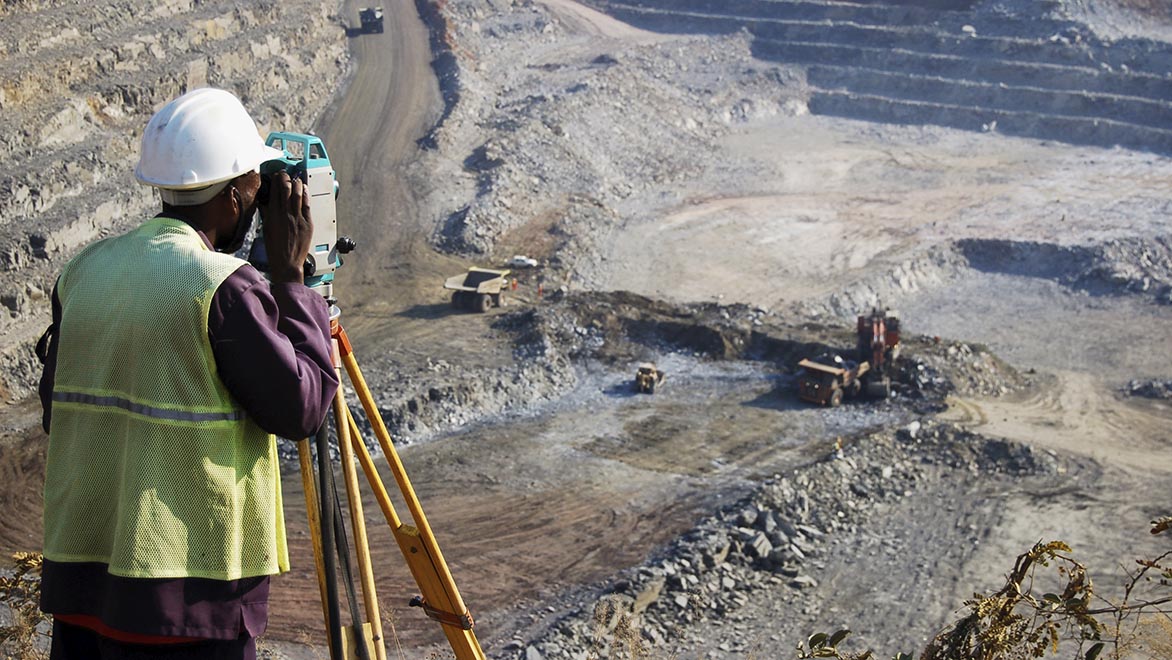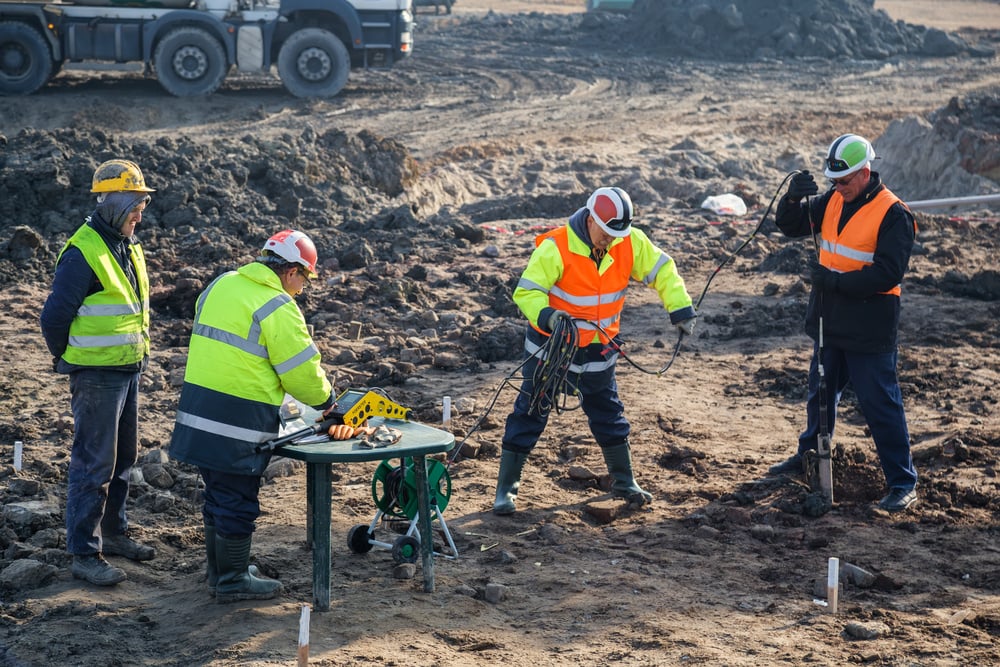Some Of Geotechnical Engineering For Construction Projects
Some Of Geotechnical Engineering For Construction Projects
Blog Article
Unknown Facts About Geotechnical Engineering For Construction Projects
Table of ContentsIndicators on Geotechnical Engineering For Construction Projects You Need To KnowThe 3-Minute Rule for Geotechnical Engineering For Construction ProjectsGetting The Geotechnical Engineering For Construction Projects To WorkAn Unbiased View of Geotechnical Engineering For Construction ProjectsGeotechnical Engineering For Construction Projects for DummiesSee This Report about Geotechnical Engineering For Construction Projects
The function of geotechnical engineering considerably manages realizing the functions of dirt and rock, which might vary significantly by their thickness, wetness web content etc. These functions have to be analyzed by geotechnical designers to anticipate their movements under different situations. The safety and security in addition to stability of structures are affected by dirt problems, making this analysis required., in enhancement to how they communicate with constructions that have actually been put up on or within them, is one of the key descriptions for why geotechnical design is vital.
Ecological protection is completed with geotechnical design. Know-how in air, water, and dirt high quality maintenance is placed to utilize by geotechnical engineers to reduce the negative results of tasks.
To sum up, geotechnical engineering is a crucial discipline that protects the strength and stability of civil infrastructure. Geotechnical engineers contribute to making building projects efficient all over the globe by comprehending the practices of planet products and applying suitable planning approaches.
Unknown Facts About Geotechnical Engineering For Construction Projects
The foundational security of any job is imperative. Geotechnical engineering plays a critical function in making sure that structures are improved strong ground, literally and figuratively. By checking out soil, rock, and subsurface problems, geotechnical designers offer necessary understandings that help in the layout, construction, and upkeep of structures and infrastructure.

8 Simple Techniques For Geotechnical Engineering For Construction Projects
Research laboratory testing: Establishing the buildings of soil and rock. Field testing: Conducting examinations on-site to assess conditions. Analysis and layout: Utilizing information to make structures, maintaining wall surfaces, passages, and other structures. A number of top-level construction projects have effectively used geotechnical engineering to ensure their stability and security. :: The world's highest building called for a deep understanding click here for more info of the underlying geology.

As a leader in geotechnical design, BECC Inc. is dedicated to supplying ingenious and reliable options that satisfy the greatest criteria of high quality and safety and security., a mechanical designer and geologist.
How Geotechnical Engineering For Construction Projects can Save You Time, Stress, and Money.
Terzaghi also established the framework for concepts of bearing capacity of foundations, and the concept for forecast of the price of negotiation of clay layers as a result of debt consolidation. Later on, Maurice Biot fully established the three-dimensional soil debt consolidation concept, extending the one-dimensional design previously developed by Terzaghi to extra basic hypotheses and presenting the collection of standard equations of Poroelasticity.
Geotechnical designers check out and establish the residential or commercial properties of subsurface conditions and materials.
7 Easy Facts About Geotechnical Engineering For Construction Projects Shown
, which makes use of a thick-walled split spoon sampler, is the most usual method to gather disturbed examples.

If the user interface in between the mass and the base of a slope has visit homepage a complex geometry, slope stability analysis is difficult and mathematical remedy approaches are called for. Typically, the user interface's precise geometry is unidentified, and a streamlined interface geometry is thought. Limited inclines need three-dimensional models to be analyzed, so most inclines are evaluated assuming you can try here that they are definitely vast and can be represented by two-dimensional models.
Facts About Geotechnical Engineering For Construction Projects Uncovered
Creating the style based on a working theory of behavior prepared for under the most potential conditions. Selection of quantities to be observed as building earnings and computing their anticipated worths based on the functioning theory under the most unfavorable conditions.
Measurement of quantities and examination of real problems. Layout alteration per real problems The empirical approach appropriates for building and construction that has actually currently started when an unanticipated growth takes place or when a failure or crash looms or has actually already happened. It disagrees for projects whose design can not be modified throughout building and construction.
Report this page